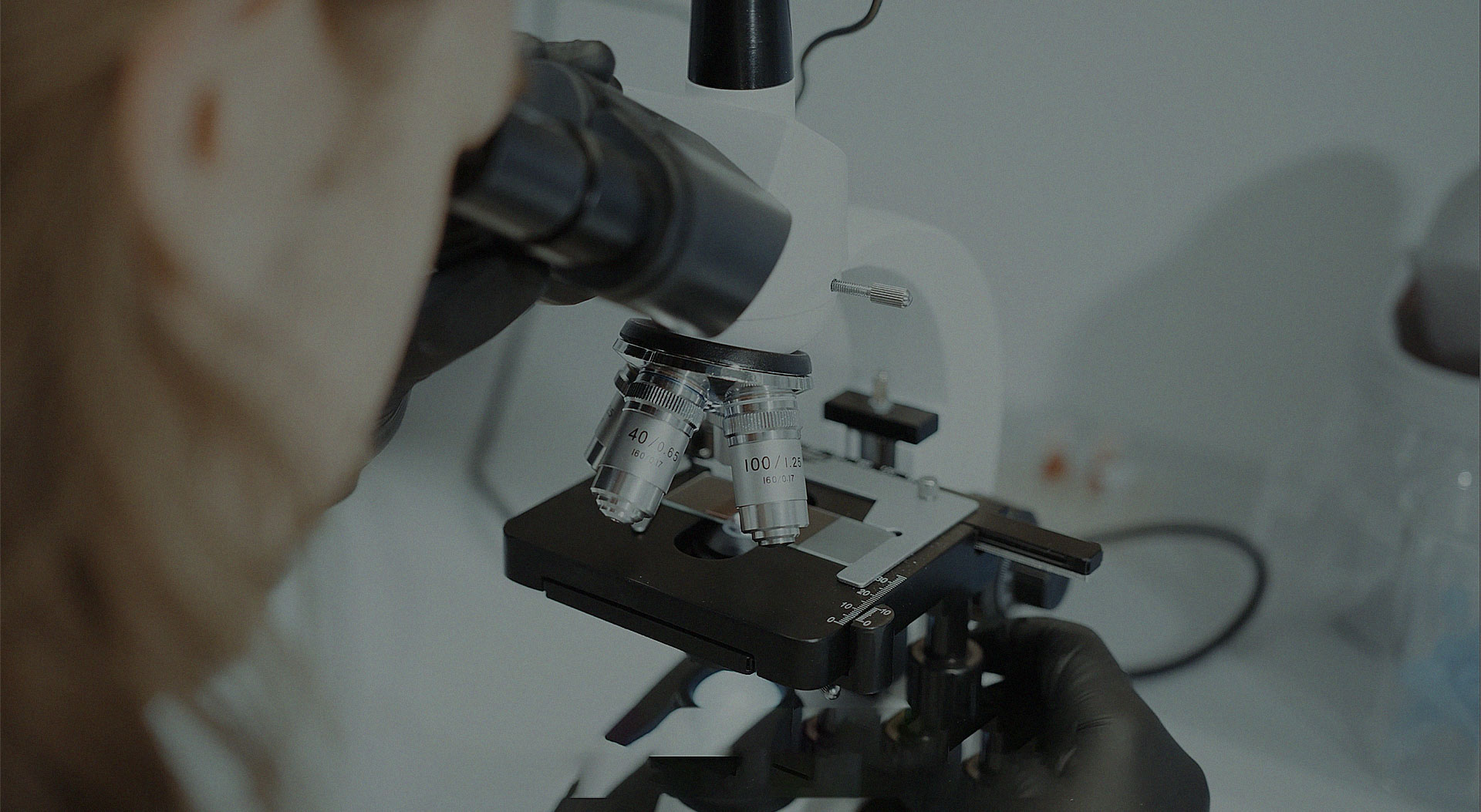Join us as we begin our journey in the United States
CCome February 2026, the Nordic spirit of Ecosh will arrive in the U.S,
aligning more people with their true nature
Be among the first
to experience Ecosh and receive an exclusive offer on launch day

